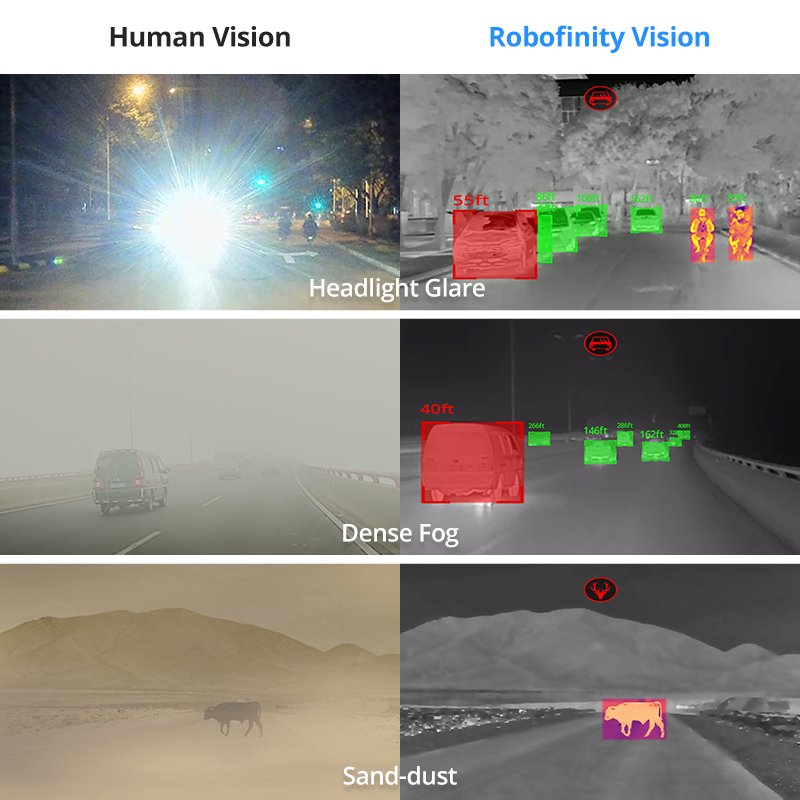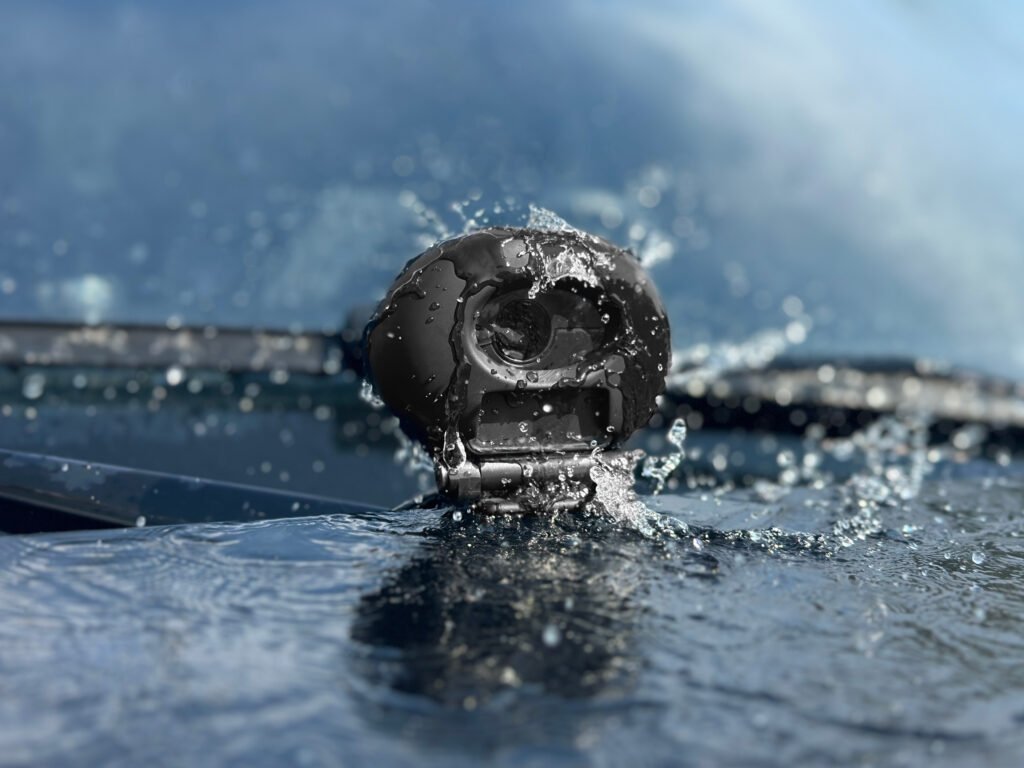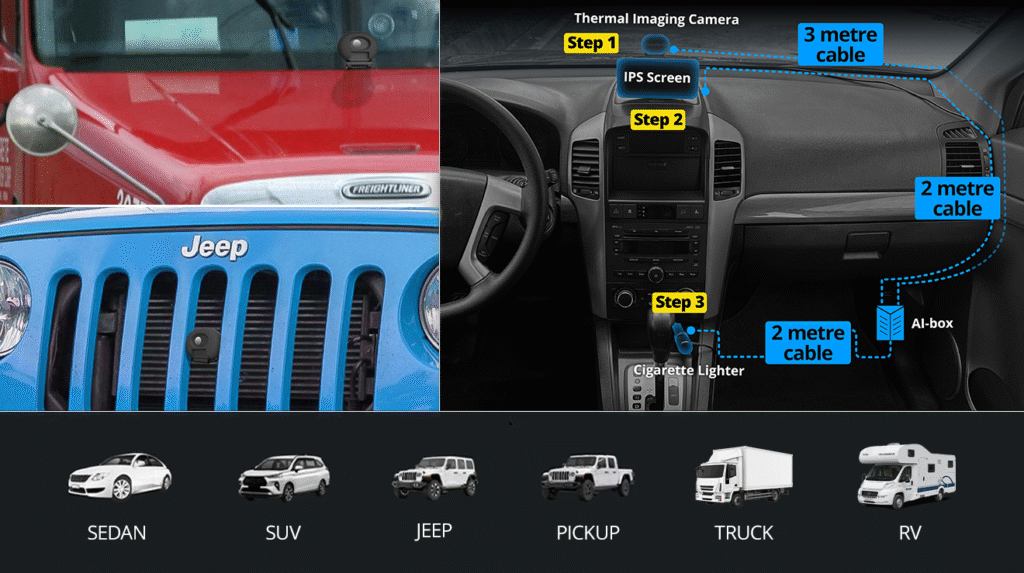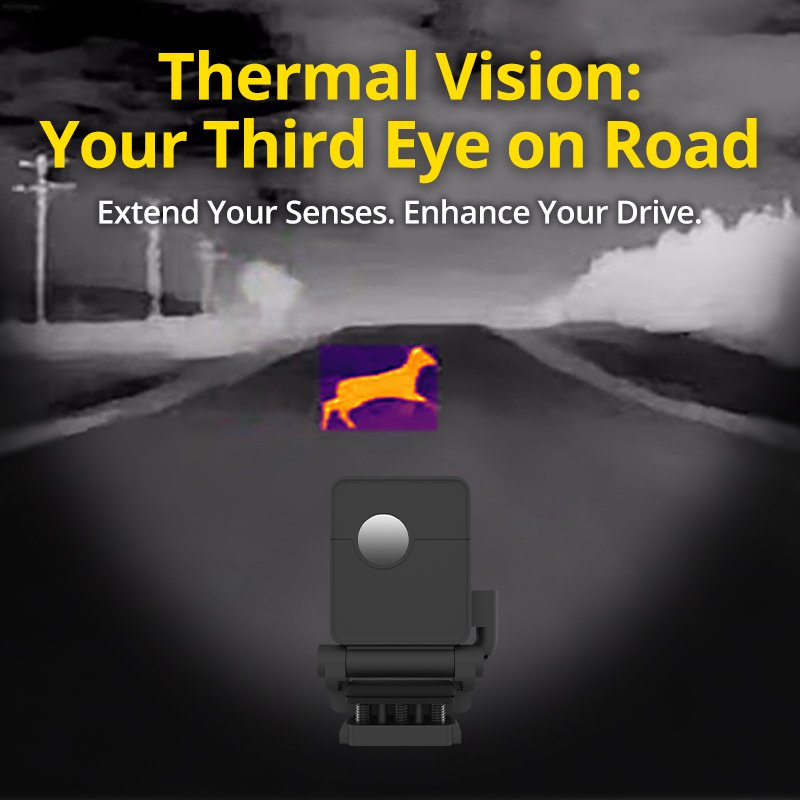Best Night Vision Camera for Car: Drive Safely in the Dark
See through darkness, fog & glare. Your complete buyer’s guide to the best night vision camera for car is here. Unlock your ultimate safety upgrade!
Have you ever had a scary moment while driving at night? Picture this: you’re on a dark country road. Suddenly, an animal darts out from the side. Your headlights barely catch it in time. Your heart races.
This isn’t a movie scene. It’s a real risk that many drivers face.
Data from authorities like the National Highway Traffic Safety Administration (NHTSA) shows a startling fact. Although there is less traffic at night, nearly half of all fatal traffic accidents happen after dark.
This makes you think: are our car headlights really enough? What are the limits of our eyes and headlights in total darkness, glare, rain, or fog?
A car night vision camera is technology designed to break through these limits. This guide will help you choose the right “night eye” for your car to stay safe.
Why You Need a Professional Car Night Vision Camera: Beyond the Limits of Your Eyes and Headlights
The Limits of Human Night Vision
Our eyes have two vision modes: photopic (day) and scotopic (night). In the dark, we rely on scotopic vision. Our ability to see details and colors drops sharply. Things look blurry. It’s hard to read signs.
Then there’s glare. When another car’s high beams hit your eyes, you are momentarily blinded. It takes precious seconds to recover. Driving during that time is risky. Our eyes have serious limitations at night.
The Limits of Traditional Car Headlights
Headlights are our main tool for night driving. But they have flaws. Low beams only light up a short distance ahead. High beams go further, but often not far enough.
Bad weather makes things worse. Rain, snow, and fog scatter light. This creates a “wall of light” effect. In heavy fog, your headlights actually make it harder to see. So, in complex weather, headlights can sometimes hurt more than they help.
Data from Authorities
Research from the Insurance Institute for Highway Safety (IIHS) shows many nighttime pedestrian accidents happen on poorly lit roads. Data from the National Weather Service also indicates accident rates on highways rise significantly in rain and fog.
This data is clear. Relying only on human vision and standard lights creates a major safety gap in tough conditions. We need technology to help. A dedicated night vision camera for car is a powerful solution.
In short: Driving at night in complex environments is risky. You need a night vision system to overcome the limits of your eyes and headlights. It reduces hidden dangers and keeps you safe.
A Deep Dive into Car Night Vision Tech: It’s Not Just About “Seeing”
There are three main types of night vision technology: low-light, active infrared, and thermal imaging. Let’s look at how each one works, and its pros and cons.
Low-Light Night Vision Technology
This technology works by amplifying tiny amounts of ambient light, like starlight or moonlight. It’s like a super-powered magnifying glass for light.
Its advantages are lower cost and a more natural-looking image (sometimes even in color), which can make objects easier to recognize.
However, its disadvantages are big. It’s useless in total darkness. Strong light, like oncoming high beams, will overexpose the image and create glare. It also performs poorly in rain, snow, or fog because the light scatters.
Active Infrared Night Vision Technology
This system works by projecting its own invisible infrared light beams. It then uses a sensor to see the light that reflects back.
It works well in complete darkness because it provides its own light source.
But it has problems. The emitter has a limited lifespan. Its range is limited by the power of its emitter. Also, if multiple cars use similar systems, they can interfere with each other.
Thermal Imaging Night Vision Technology – The Key Solution
Thermal imaging is different. It detects heat radiation (infrared) that all objects naturally emit. It turns differences in temperature into a clear image. It does not need any ambient light whatsoever.
Its core advantages are huge:
- All-Weather Performance: It works perfectly in total darkness, blinding glare, rain, snow, fog, and dust. These things don’t block heat signals.
- Long Detection Range: It can spot people, animals, and vehicles from very far away.
- Highlights Living Things: Warm-blooded animals (like people and deer) stand out clearly against typically cooler backgrounds.
Of course, it has historical drawbacks. It was traditionally expensive and used mainly by the military. The image is a “false color” heat map, not a normal optical image, which takes some getting used to.
Understanding these technologies is key to choosing the right one. Next, let’s review the key factors to consider when shopping.

How to Choose the Best Night Vision Camera for Your Car: 8 Key Buying Factors
1. Detection Technology & Performance (Most Important)
For safety, thermal imaging technology has overwhelming advantages. It is unaffected by light or weather and detects targets at long range.
When evaluating thermal tech, look for two key specs:
- Thermal Sensitivity (NETD): A rating of ≤50mK is excellent professional performance. A lower number means it can see smaller temperature differences, resulting in a clearer, more detailed image.
- Resolution: A base resolution of 384×288 or similar is common. Look for models that use AI super-resolution to enhance clarity. This helps you see the shape and outline of objects for better identification.
2. Detection Distance & Field of View (FOV)
Pay attention to the difference between “detection distance” (something is there) and “recognition distance” (you can tell what it is). A realistic recognition distance of around 200 meters (656 feet) is very useful for giving you time to react.
The field of view (FOV) is a balance. A wide FOV sees more area beside the road. A narrow FOV sees further ahead. A balanced FOV, like 40°(H) by 30°(V), is often ideal for car use.
3. AI Recognition & Alert System
Just “seeing” isn’t enough. The best night vision camera for car uses AI algorithms to “understand” what it sees. It should distinguish between people, cars, and animals. It must filter out false alarms from things like hot manhole covers.
High accuracy (e.g., 95%) is crucial. Reliable alerts are lifesavers. Annoying false alarms are distracting and dangerous.
Customizable alert distance and sensitivity are also important. You can tone them down for city driving and turn them up for rural roads.
4. Display Screen
Look for a screen that is a good size (like 6.25 inches), has decent resolution (720p or higher), and is bright enough to see in sunlight. It must be mounted where it’s easy to see but doesn’t block your view of the road.
5. Installation & Compatibility
The best systems are plug-and-play. They use your car’s 12V power outlet (cigarette lighter) for easy installation without complex wiring. They should be compatible with most vehicles – sedans, SUVs, and trucks.
6. Durability & Power Management
A high IP67 waterproof rating is the gold standard. It means the device is fully protected from dust and can handle rain and weather.
Low power consumption (≤5W) is easy on your car’s battery. This is vital for long-term use without worrying about a dead battery.

7. Software & Ecosystem
A companion app is a big plus. It should let you adjust settings, review footage, and get Over-The-Air (OTA) updates. OTA updates keep your device improving with new features and optimizations.
8. Brand, Support & Budget
Consider the brand’s reputation and customer support. Reliable after-sales service is important. Products range from budget to premium. Set a realistic budget based on the features that matter most for your safety.
Popular Options & Product Analysis
1. Factory-Installed High-End Systems (Mercedes, BMW, Audi)
These systems are integrated seamlessly into the vehicle’s design and electronics. The user experience is smooth.
However, they are only available on expensive luxury models. Adding one later is nearly impossible. For most drivers, this is not a practical option.
2. Aftermarket Professional Thermal Cameras (The Recommended Choice)
This is the best value for most drivers. You get top-tier safety technology without buying a new luxury car.
A strong contender in this category is the Robofinity InsightDrive. It stands out because it’s designed to solve the problems we’ve discussed.
- It uses a professional-grade thermal core with excellent sensitivity.
- Its AI is trained on a massive dataset for high accuracy, reducing false alarms.
- Its design is plug-and-play. You can install it yourself in about 5 minutes without tools.
- It’s built tough with an IP67 rating for all weather and has low power consumption.
It makes advanced safety technology accessible and effective.
3. Other Aftermarket Options (Standard IR / Low-Light Dash Cams)
These are often marketed as having night vision. While they can record some footage in low light, their limitations are severe. They fail in total darkness and bad weather. They are best viewed as “dash cams with some night assist,” not dedicated safety devices.
FAQ (Frequently Asked Questions)
Q1: Does a thermal imaging camera work during the day?
A: Yes! It is effective during the day. It can highlight pedestrians, cyclists, and vehicles based on heat, which is especially useful in shadows or when entering tunnels.
Q2: Does summer heat haze affect it?
A: Extreme heat waves can cause some shimmering at very long distances. However, for mid-to-short range identification of objects like people or animals, the effect is minimal. Advanced algorithms help minimize this issue.
Q3: Is installation complicated? Does it require wiring?
A: No. For example, the Robofinity InsightDrive uses your car’s 12V power outlet. You simply mount it on your windshield or dashboard. There’s no complex wiring. It’s designed for a simple DIY installation.

Q4: Will the screen distract me while driving?
A: High-quality devices have adjustable brightness. Most users quickly get used to the screen, glancing at it like they glance at their speedometer. The critical safety alerts it provides far outweigh any minor initial distraction.
Conclusion & Final Recommendation
Night driving risks are real. From the limits of our vision to challenging weather, many factors threaten our safety. Investing in a professional best night vision camera for car is a powerful way to protect yourself and your passengers.
Among the technologies, thermal imaging is the clear leader for all-weather, reliable protection.
For most drivers, a professional aftermarket thermal camera is the best choice. It offers near-luxury-level safety features at a fraction of the cost.
Among these options, the Robofinity InsightDrive is a reliable choice. It combines professional thermal performance, accurate AI alerts, and incredibly easy installation. Its durable, weatherproof design ensures it works when you need it most.
Safety is priceless. Preventing just one accident makes it worth the investment.
Ready to see the road ahead with confidence? Click here to learn more about how the Robofinity InsightDrive can upgrade your night driving safety.

